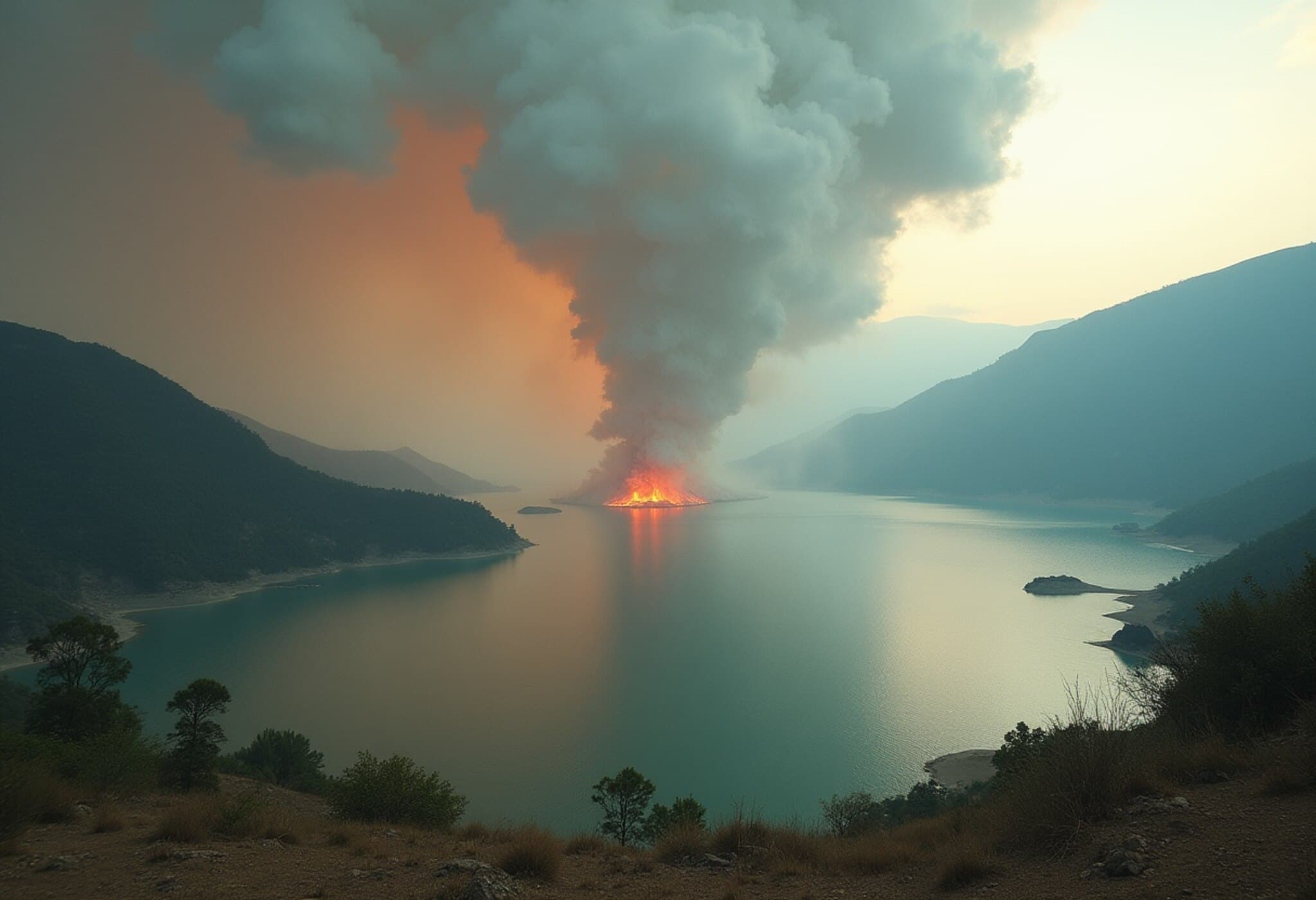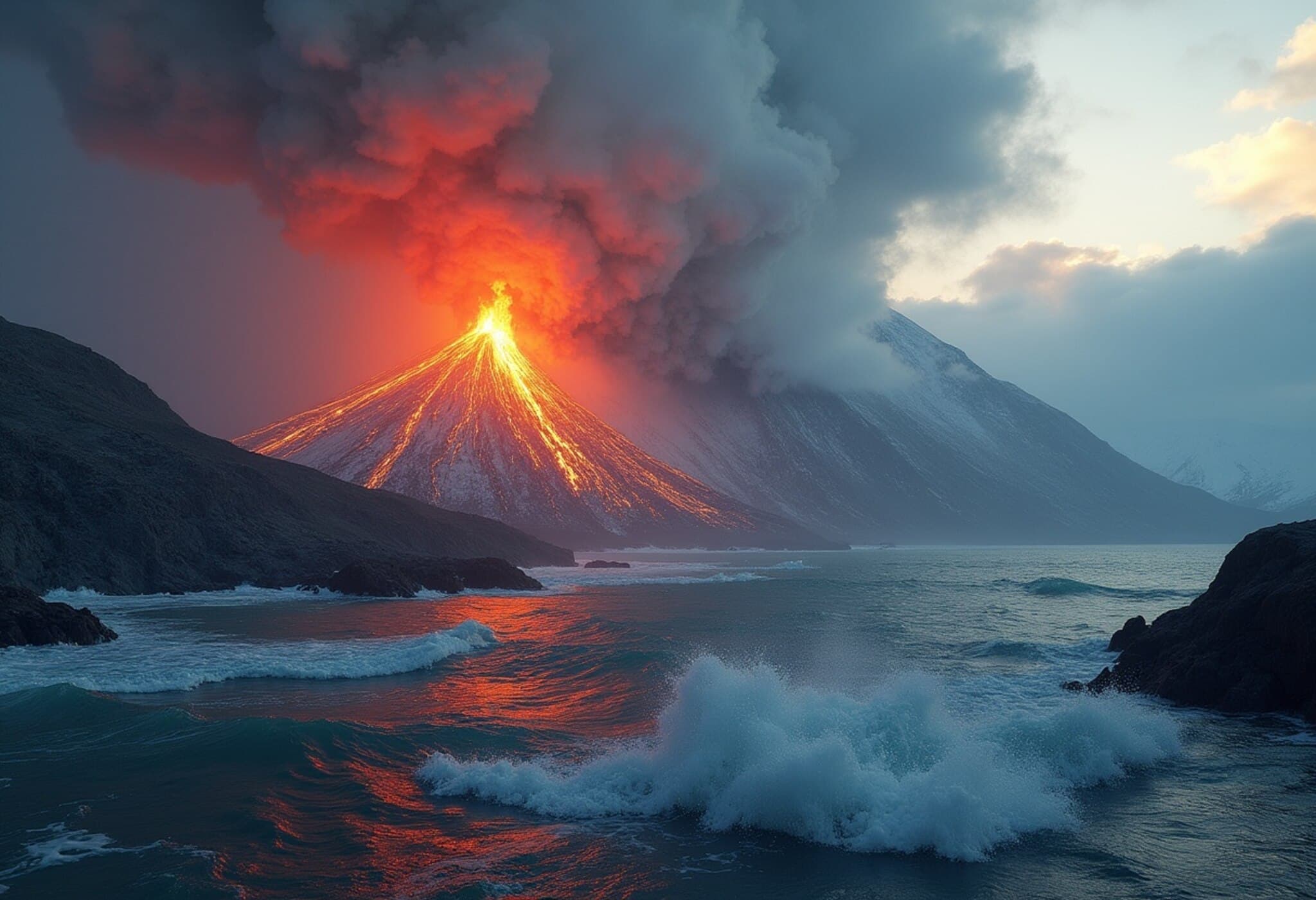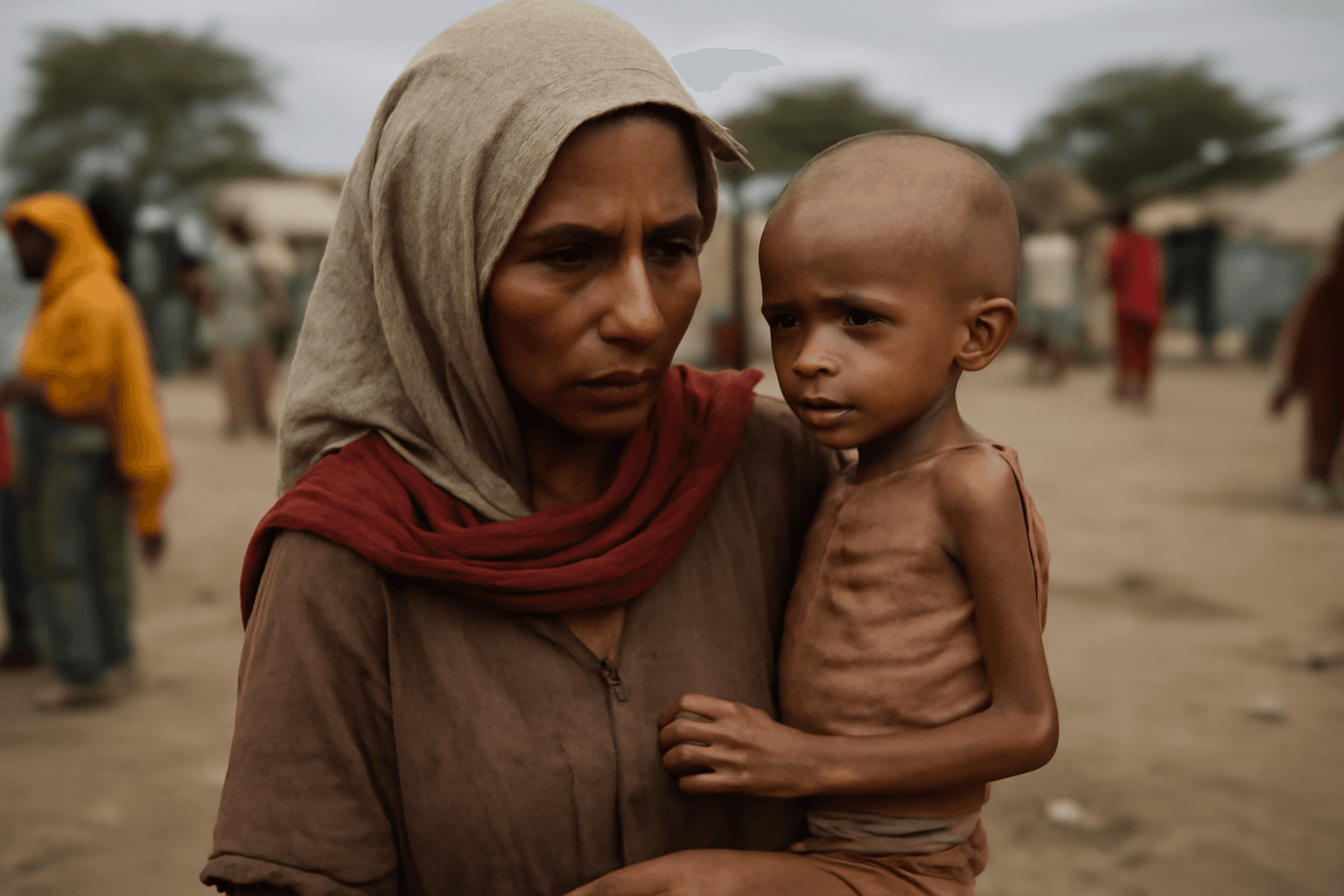The Night That Changed Cameroon Forever: The Lake Nyos Tragedy
On August 21, 1986, a serene volcanic lake nestled in the northwestern highlands of Cameroon turned into the epicenter of one of the most bewildering and devastating natural disasters of the 20th century. Lake Nyos unleashed a silent killer—a massive cloud of carbon dioxide gas—that suffocated roughly 1,700 people and 3,500 animals in a single night. This tragic event stunned the global scientific community and imparted sobering lessons about the hidden dangers lurking beneath volcanic lakes.
How Did a Peaceful Lake Become a Death Trap? Understanding the Limnic Eruption
The culprit behind this nightmare is a rare geological phenomenon known as a limnic eruption. Unlike typical eruptions that spew lava or ash, limnic eruptions involve a sudden and violent release of dissolved carbon dioxide gas trapped in deep lake waters. Over decades, CO2—originating from volcanic activity beneath the lakebed—accumulates under high pressure in the still, stratified depths. When this balance is disturbed, the gas escapes explosively, forming an invisible, dense cloud that cascades down surrounding valleys.
Scientists theorize several possible triggers for the Lake Nyos eruption: a minor underwater landslide, subtle volcanic tremors, or unusually heavy rainfall destabilizing the lake’s water layers. Any of these could have caused the CO2-saturated water to rise rapidly, releasing the deadly gas that displaced breathable oxygen in adjacent villages.
The Human Toll: Heartbreaking Stories from the Ground
The carbon dioxide cloud moved at speeds between 20 to 50 kilometers per hour, hugging the earth due to its density, engulfing communities within a 25-kilometer radius. Villages such as Nyos, Kam, Cha, and Subum were caught unawares. Survivors recount waking to an overpowering sulfur-like stench, only to collapse unconscious moments later. Many found family members lifeless, the air stripped of oxygen.
- Approximately 1,700 people lost their lives overnight.
- Over 3,500 livestock perished, severely crippling local economies.
- Around 4,000 survivors endured respiratory illnesses, paralysis, and trauma.
The psychological scars from witnessing such silent devastation run deep, leaving communities grappling with grief, loss of livelihood, and the challenge of rebuilding from ashes.
Scientific Intervention: Safeguarding Against Another Invisible Threat
In the wake of this unprecedented catastrophe, a global scientific task force mobilized to comprehend and prevent similar tragedies. Awareness grew that other volcanic lakes, particularly within Africa's Great Rift Valley, could harbor dangerous accumulations of CO2. This urgency led to groundbreaking mitigation efforts.
By 2001, engineers installed a pioneering degassing system at Lake Nyos. This system uses vertical pipes inserted deep into the lake to gradually vent CO2 in a controlled manner, preventing dangerous buildup. Initially powered by pumps to jumpstart the flow, the process quickly became self-sustaining, releasing gas slowly but safely. Two additional pipes were introduced in 2011, enhancing safety margins. Scientific monitoring confirmed that these measures have drastically curtailed the threat of future eruptions.
Global Lessons: Changing Our Approach to Volcanic Lake Hazards
The Lake Nyos disaster was only the second recorded limnic eruption, following a smaller incident at Lake Monoun, Cameroon in 1984. These rare but catastrophic events highlighted a previously unrecognized natural hazard—one that demands ongoing vigilance and scientific innovation.
Governments and researchers now prioritize early-warning and continuous monitoring systems for lakes like Nyos and Lake Kivu (DR Congo)—a much larger lake harboring significantly more gas. The tragedy also underscores broader themes:
- Community preparedness: Educating vulnerable populations about silent natural risks.
- International cooperation: Sharing knowledge and funding safety infrastructure.
- Disaster response integration: Bridging scientific research with humanitarian aid to address health and psychological impacts.
These integrated approaches strengthen resilience against future limnic and similar rare natural disasters worldwide.
Editor’s Note
The Lake Nyos tragedy remains a haunting reminder of nature’s hidden perils and the limits of human knowledge. While technological advances have vastly improved safety in volcanic lake regions, questions linger: Are all at-risk communities globally benefitting from adequate monitoring? And with climate change potentially affecting rainfall and geological stability, could these rare disasters become less predictable or more frequent? Ongoing research, coupled with local engagement and policy attention, is critical to prevent such silent killers from striking again.
As we commemorate those lost that night in 1986, it is a call to action that science, society, and governments must listen to—a testament to the intertwined fate of human life and Earth’s complex natural systems.











